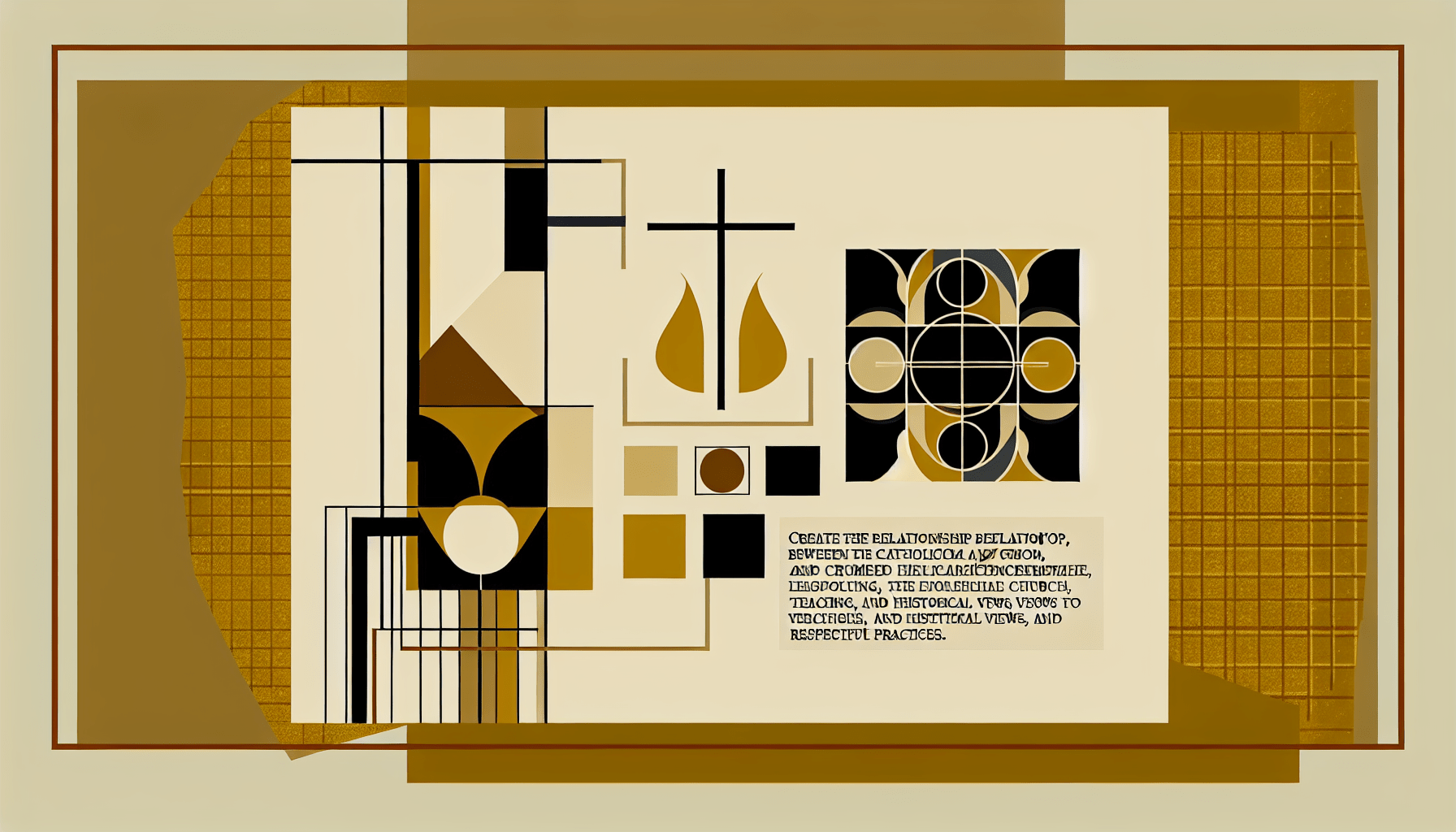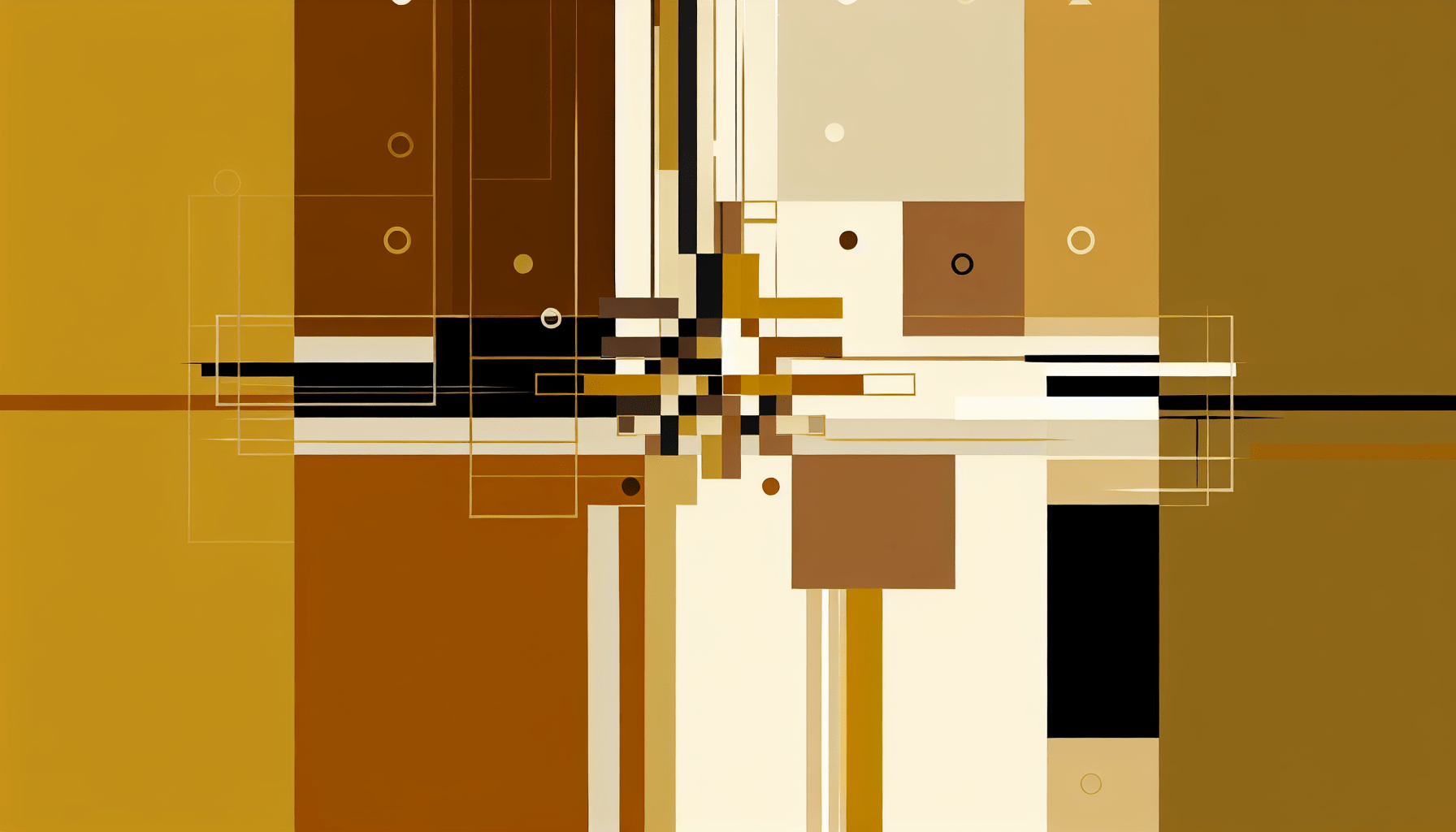Catholicism and Cremation
Cremation is a topic that has long invoked debate and discussion within religious communities, particularly in the context of Catholicism. As societal norms evolve and more individuals consider cremation as an alternative to traditional burial, it is essential to understand the Catholic Church’s teachings on cremation, its historical stance, significance, and the theological implications it entails. In this blog post, we will explore the relationship between Catholicism and cremation, addressing common questions while providing insight into how the Church navigates this modern practice.
Understanding the Catholic Church’s Position on Cremation
Historically, the Catholic Church maintained a strong preference for burial over cremation. This preference stemmed from various theological beliefs, including the resurrection of the body and the sacredness of physical remains. For many centuries, cremation was often associated with pagan rituals, which further led to its rejection by the Church.
However, in 1963, the Vatican issued a significant change in policy with the declaration Piam et Constantem. This document acknowledged that while burial is the preferred option for the faithful, cremation is permissible as long as it does not reflect a denial of faith in the resurrection. This marked a pivotal moment in the relationship between Catholicism and cremation, allowing Catholics the freedom to choose cremation without compromising their beliefs.
The Theology Behind the Shift
The theological underpinnings of the Church’s acceptance of cremation are deeply rooted in the understanding of the body and soul. According to Catholicism, the body is a temple of the Holy Spirit and will be resurrected on the Last Day. Consequently, traditional burial practices were viewed as a way to honor the body logically. Nevertheless, the Church now recognizes that the physical remains do not diminish the person’s dignity or their relationship with God.
The acceptance of cremation underscores the fundamentally Catholic belief in the resurrection. When a person is cremated, the Church teaches that God’s divine power can restore life to the body, regardless of its physical form after death. This acknowledgment reconciles modern practices with ancient beliefs, allowing Catholics to maintain their sense of hope in eternal life while adapting to new societal trends.
The Process of Cremation in the Catholic Church
When considering cremation within the context of Catholicism, there are essential guidelines that Catholics should follow:
1. Choosing Cremation with Faith
In line with Church teachings, Catholics should approach the decision of cremation with faith and reverence. This means that the choice should reflect the individual’s and their family’s beliefs in the resurrection and eternal life. It should not be seen as a rejection of Catholic doctrine but rather as a choice made with proper understanding and intent.
2. Proper Funeral Rites
Cremation should not replace traditional funeral rites; in fact, a Catholic funeral Mass is encouraged preceding the cremation. The funeral Mass serves as a significant moment for family and friends to come together, pray, and remember the deceased. The presence of a priest and the observances of prayers, such as the Eucharistic celebration, play a vital role in commemorating the individual’s life and reaffirming faith in Jesus Christ’s promise of resurrection.
3. Respect for the Ashes
After cremation, the Church emphasizes the need for respect and reverence toward the ashes of the deceased. According to the current guidelines, the ashes should be kept in a sacred place or buried in a cemetery, as scattering them or keeping them in a home is discouraged. The Catholic Church advocates for proper interment, echoing the importance of honoring the body—even in its cremated form—as a reflection of the person’s dignity and value in God’s creation.
Common Misconceptions About Catholicism and Cremation
Despite the acceptance of cremation in Catholicism, several misconceptions persist, which can create confusion for those considering this option.
1. Cremation Is Against Church Doctrine
One of the most common myths is that cremation is viewed as a denial of Catholic faith. On the contrary, as outlined in previous sections, cremation is a permissible practice as long as it aligns with Church teachings and reflects a belief in resurrection.
2. Cremation Prevents Resurrection
Another misconception is that cremation nullifies a person’s resurrection. Catholicism teaches that God’s power transcends all forms, including ashes. The resurrection is based on God’s ability to restore life to His creation, and cremation does not impede this divine promise.
3. Cremated Remains Cannot Be Blessed
Some believe that cremated remains cannot be blessed by a priest. In actuality, the Church encourages blessing the ashes, especially during the funeral Mass. This act is a profound acknowledgment of the continued connection between the deceased and the living community of faith.
The Impact of Modern Society on Catholic Views of Cremation
As the world changes, societal trends influence attitudes toward death and burial. Increasingly, individuals are opting for cremation due to financial, ecological, or personal preferences. According to recent studies, nearly half of all deaths in various regions result in cremation, a significant shift from previous burial customs. This trend leads to an important conversation within the Catholic community about how to approach cremation while honoring traditional beliefs.
The Environmental Consideration
In a world increasingly focused on sustainability and environmental preservation, many people favor cremation due to its lower land use compared to traditional burial methods. Catholics are encouraged to see the benefits of these practices while ensuring that they align with Church teachings. Emphasizing respect for the deceased and maintaining the integrity of the burial of ashes can promote a balance between modern practices and spiritual beliefs.
Cultural Influences
Culture and local norms heavily influence burial practices across the globe. In some cultures, cremation is seen as a respectful and dignified way to honor the deceased, while in others, traditional burials prevail. The Church’s acceptance of cremation opens the door for adaptation by Catholics in various cultural contexts, allowing them to combine their faith with cultural practices in a respectful manner.
Conclusion
Catholicism and cremation are inextricably linked in a way that reflects the timeless truths of the faith while adapting to contemporary societal shifts. The Church’s open stance toward cremation allows Catholics to honor their loved ones creatively while maintaining fidelity to their core beliefs. Understanding the theological basis, guidelines, and common misconceptions surrounding cremation is vital for those navigating these decisions.
As more individuals consider cremation, the Catholic Church remains a guiding light, fostering respect for the deceased and educating the faithful on how to align their practices with the teachings of the Church. Ultimately, whether through burial or cremation, the focus remains on a steadfast belief in the resurrection and eternal life, reinforcing the notion that God’s love and power surpass all earthly realities. Embracing this understanding can lead to a deeper appreciation of life, death, and the hope of eternal communion with God.




